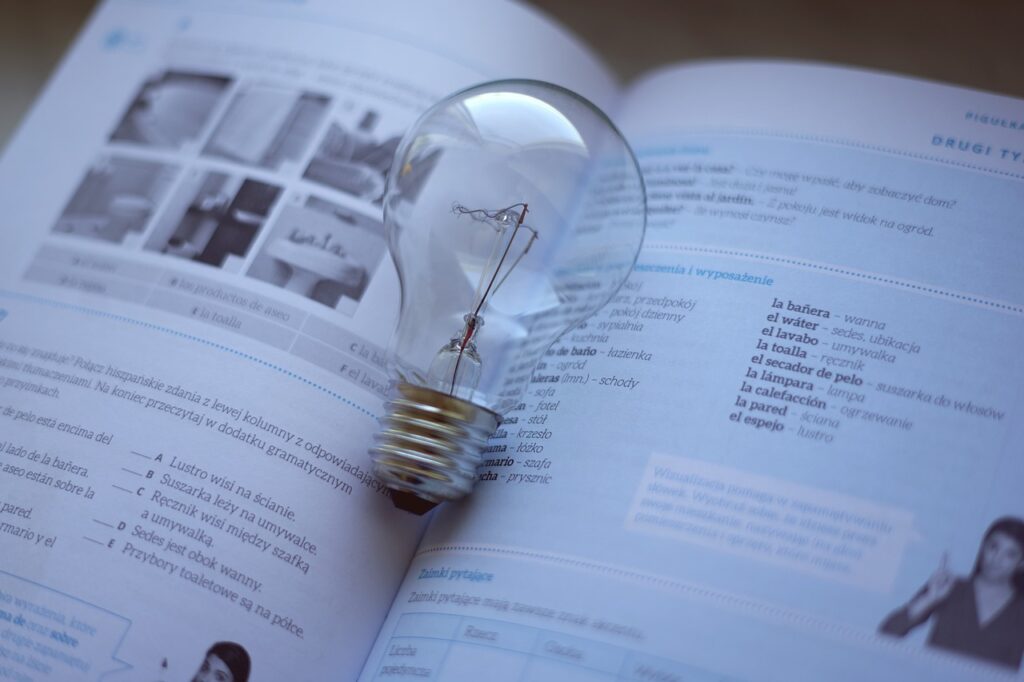Whether you’re an inventor or a patent attorney, you need to understand the importance of file wrapper searches. They’re important to make sure you’re following the rules for filing a patent, but they can also be helpful in other ways.
File wrapper searches, also known as patent prosecution history searches, are a valuable tool for understanding the patent examination process and can have a number of practical uses, including:
- Determining Patentability: By reviewing the file wrapper, you can gain insight into the examination process and understand the arguments made by the examiner and the applicant during prosecution. This can help you determine the patentability of an invention and identify potential obstacles to obtaining a patent.
- Understanding the Claims: File wrapper searches can help you understand the evolution of the claims made in a patent application. This information can be useful in determining the scope of the patent and evaluating the strength of the claims.
- Infringement Analysis: File wrapper searches can provide insight into the prosecution history of a patent and the arguments made by the examiner and the applicant. This information can be useful in determining the validity and scope of a patent and evaluating the potential for infringement.
- Prior Art Search: By reviewing the file wrapper, you can gain access to additional prior art references that may have been cited by the examiner during the examination process. This can help you identify additional prior art that may impact the patentability of an invention.
- Licensing Negotiations: File wrapper searches can provide valuable information about the examination process, including any rejections or objections made by the examiner. This information can be useful in licensing negotiations, as it can provide insight into the strength of a patent and the potential for licensing fees.
- Patent Litigation: File wrapper searches can be useful in patent litigation, as they can provide insight into the examination process and the arguments made by the examiner and the applicant during prosecution. This information can be used to support or challenge the validity of a patent during litigation.
The file wrapper searches are a valuable tool that can provide insight into the examination process and help you make informed decisions about your patent strategy. Here are other practical uses for file wrapper searches:

Examiner/Applicant interviews
During the examination process, the United States Patent and Trademark Office (USPTO) conducts examiner/applicant interviews. These interviews are important in improving the quality of a patent and can help reduce the cost of obtaining a patent. However, there are some important considerations before an interview is conducted.
In order to ensure that an interview is successful, both parties must ensure that it is conducted within a reasonable time frame. Moreover, both the applicant and the examiner should take measures to avoid interruptions. In particular, the interviewer should refrain from taking incoming calls or text messages.
The USPTO has online resources to help patent practitioners prepare for an interview with an examiner. In particular, the interview specialists at each technology center are available to assist with any concerns or questions that may arise. These professionals can also provide guidance on how to handle prior art references during an interview.
When an interview is completed, the examiner should complete an Interview Summary form. These forms can be faxed, mailed, or emailed. Once the form is received, the applicant should receive a confirmation email.
The USPTO provides collaboration tools to allow examiners to work with applicants in a video conference. While these tools are less common than in person interviews, they are becoming more common as practitioners become more familiar with the technology. This collaborative environment allows for both parties to view documents at the same time.
If an applicant initiates an interview, they must submit a “Applicant Initiated Interview Request” form to the examiner. This form is designed to provide the examiner with information about the applicant’s wishes and to allow the examiner to prepare. During the interview, the examiner should try to identify potential issues in the application. If the examiner does not feel that an issue is addressed, they should discuss it with the applicant.
The United States patent process is expensive. Although an interview with the examiner can assist with the overall cost of obtaining a patent, it does not relieve the applicant of the obligation to reply to the Office actions in the file wrapper.

Understanding the technology disclosed in the patent
Getting the scoop on a patent application has been on my to do list for some time. The patent process is a complicated undertaking that involves a lot of high-stakes litigation, and an army of eminently competent attorneys. Fortunately, the courtroom isn’t the only place to sift through the chaff.
Having a good handle on the patent literature can be just as important. The patent industry is a hotbed for ingenuity, and I’m not afraid to share it with you. This has led to several notable innovations in the world of intellectual property. These include the swipe file system and the aforementioned posts to name a few. Having an overview of what is on offer can be a major advantage in an otherwise volatile market.
Understanding the legal limitations of an invention

Using file wrappers to identify and mine patents can be a fun and exciting task. Although not necessarily a competition, there are a few pitfalls to watch out for, and a few tips and tricks to help you wade through the maze that is a patent filing. It isn’t uncommon for a newcomer to make a few blunders, but with the right tools in hand you can quickly become a well-informed, if not expert.
The file wrapper is a treasure trove of information about the patent process. You can learn a great deal about your invention by reading the dozens of documents and pages contained within. These include inventor and examiner sworn statements, patent filings, notices of allowance and rejections, and prior art references. Moreover, the document can be a valuable source of competitive intelligence.
The ensuing list of contenders may seem daunting, but with a little diligence, you’ll be a patent pro in no time. As you read through the plethora of document containing snippets of useful information, you’ll be able to pick out the good from the bad. Using file wrappers to weed out the wheat from the chaff will take the guesswork out of your patent search and let you focus on the important parts of the process. For instance, you’ll be able to distinguish between the patentable, non-patentable, and infringed portions of your application.

